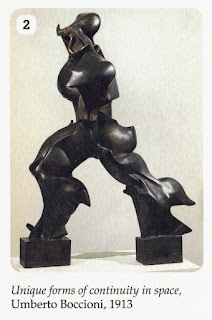The main function of graphic design is to communicate a message through an image, sometimes with text.
The designer creates the message using codes of graphic language, such as the composition, the typography and the colour.
The use of these codes depends on the type of media (press, television, internet, etc.), the cultural context, the characteristics of the audience, and the purpose of the message (informative, persuasive, educational, etc.).
Graphic design is used in many areas:
• Editing: design and layout of books, magazines and newspapers.
• Advertising: design of posters, billboards, leaflets and multimedia items (videos, web pages, etc.).
• Corporate identity (branding): design of the company’s image.
THE DESIGN PROCESS
1. Deciding the purpose
What is the message? Who is it for? How can it be created and communicated? What response is the message trying to provoke?
2. Collecting and analysing data
Study information about similar campaigns, characteristics of the target audience, possible media and techniques, etc.
3. Developing the proposal
4. Analysing the proposal
5. Selecting the final version
6. Production
Logos
Logos represent a company, an organisation or a service. A logo can have a single image or it can combine an image and text. Logos sometimes need to be updated to adapt to changes in trends, technology or the company's needs.
Signs
The purpose of signs is to inform. They use simple images that guide and instruct people.
In the past few decades, there have been many changes in the way graphics are produced. There are also more channels of communication.
However, the basic concepts of human communication are the same.
Graphic designers need to know about many areas, such as photography, freehand sketching, technical drawing, psychology, sociology, typography and technology. Even so, a design often requires a large team of professionals.
Label design
The label is the part of the packaging of a product. It must include information about the contents and attract consumers’ attention. Therefore, the design needs to be simple, easy to read, eye-catching and adaptable for different packaging








